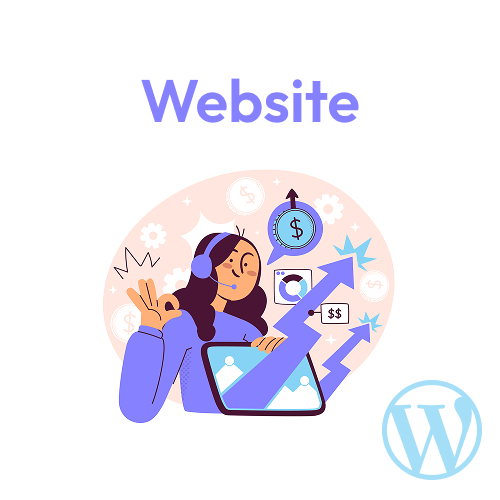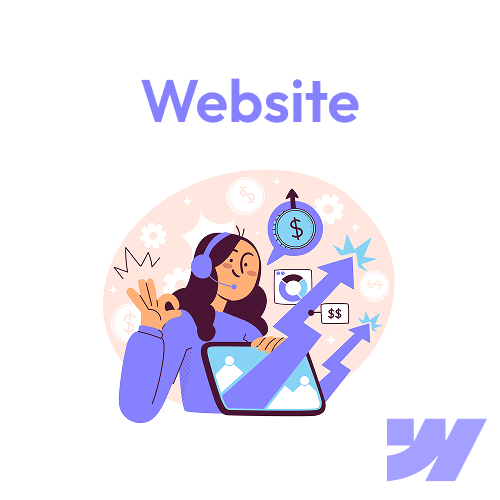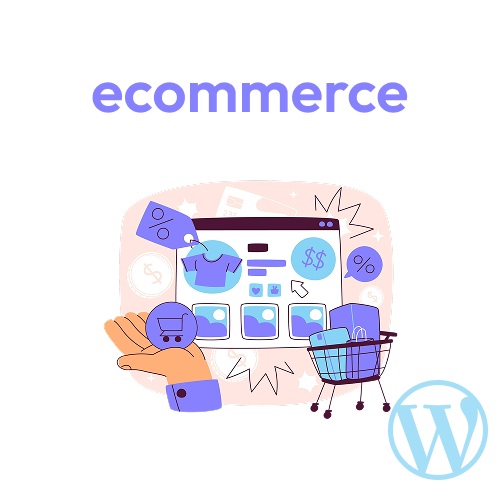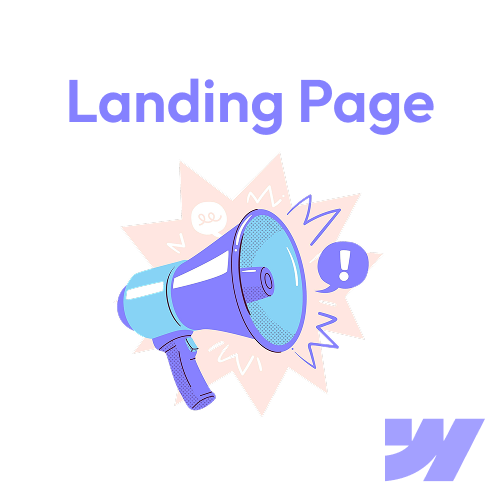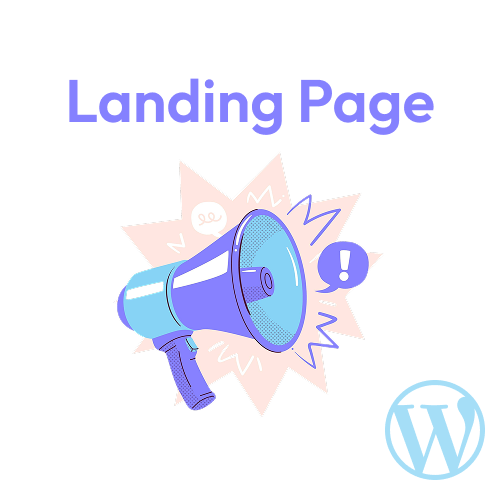You’ve built a beautiful website, filled it with great content, and launched it to the world. But weeks or months later, you’re still asking: “Why can’t anyone find my website on Google?” This frustrating experience is more common than you think, and the solution lies in understanding Search Engine Optimization (SEO).
If your website is invisible to search engines, you’re missing out on the most powerful source of organic traffic and potential customers. The good news? Most visibility issues stem from common, fixable problems. This beginner’s guide will walk you through the key reasons your website isn’t showing up and provide actionable steps to get noticed.
First, Check the Basics: Is Your Website Even on Google’s Radar?
Before diving into complex SEO strategies, let’s cover the fundamental requirements.
1. Is Your Website Indexed?
Google can’t show your website if it doesn’t know it exists. To check if your site is indexed:
- Go to Google and search:
site:yourwebsite.com - Replace “yourwebsite.com” with your actual domain
- If you see results, your site is indexed
- If you see “No results found,” Google hasn’t discovered your site yet
The Fix: Submit your website to Google Search Console. This free tool is your direct line to Google’s index. Once verified, you can submit your sitemap and request indexing.
2. Have You Given Google Enough Time?
New websites typically take anywhere from a few days to several weeks to appear in search results. Google needs to:
- Discover your website through links or manual submission
- Crawl your pages (read your content)
- Index your pages (add them to their database)
If your site is less than a month old, be patient but proactive.
Common Reasons Your Website Isn’t Showing Up (And How to Fix Them)
1. Your Website Isn’t Mobile-Friendly
Google now uses mobile-first indexing, meaning it primarily looks at the mobile version of your site. If your website isn’t responsive or provides a poor mobile experience, it will struggle to rank.
How to Check:
- Use Google’s Mobile-Friendly Test tool
- Test your site on various devices
The Fix:
- Ensure your website uses responsive design
- Optimize touch elements and font sizes for mobile
- Improve mobile page speed
2. Poor or Missing Content
Google needs substantial, relevant content to understand what your website is about and who should see it.
Common Content Issues:
- Thin content: Pages with little text or substance
- Duplicate content: Content that appears elsewhere online
- Keyword stuffing: Unnatural overuse of keywords
- No focus: Pages trying to rank for too many topics at once
The Fix:
- Create comprehensive, helpful content that answers user questions
- Aim for at least 300-500 words per page (more for blog posts)
- Focus each page on one primary topic or keyword
- Write naturally for humans first, search engines second
3. Technical SEO Problems
Your website might have technical issues preventing Google from properly crawling and understanding your content.
Common Technical Issues:
- Blocked by robots.txt: Your site might be telling search engines to stay out
- No sitemap: Making it harder for Google to discover all your pages
- Slow loading speed: Google penalizes slow websites
- Poor site structure: Confusing navigation and internal linking
The Fix:
- Check your robots.txt file (yoursite.com/robots.txt)
- Create and submit an XML sitemap via Google Search Console
- Optimize images and enable compression to improve speed
- Create a logical navigation structure with clear internal links
4. No Backlinks (Inbound Links)
Backlinks are links from other websites to yours. They act as votes of confidence, telling Google that your content is valuable and authoritative.
The Reality:
New websites typically have zero or very few backlinks, which limits their visibility.
The Fix:
- Create shareable content that naturally attracts links
- Reach out to relevant websites in your industry
- Guest post on established blogs in your niche
- List your business in relevant online directories
5. You’re Targeting Highly Competitive Keywords
If you’re trying to rank for broad, competitive terms like “web design” or “marketing agency” as a new website, you’re competing against established sites with massive authority.
The Fix:
- Start with long-tail keywords (more specific, less competitive phrases)
- Target local search terms if you serve a specific area
- Create content around specific problems your ideal customers have
- Example: Instead of “web design,” try “affordable web design for small businesses in [your city]”
Your SEO Action Plan: Start Today
- Set Up Google Search Console – Your essential free tool for SEO
- Fix Technical Issues – Ensure Google can access and understand your site
- Create Quality Content – Focus on solving your audience’s problems
- Build Basic Backlinks – Start with directories and guest posting
- Be Patient and Consistent – SEO results take time (typically 3-6 months)
When to Consider Professional Help
While many SEO issues can be addressed yourself, consider hiring an SEO professional or web design studio if:
- You’ve tried the basics but still see no results
- You lack the time to consistently work on SEO
- Your website has complex technical issues
- You’re in a highly competitive industry
Struggling with website visibility? Contact us today for a free initial assessment. We’ll identify exactly why your website isn’t showing up and create a customized strategy to get you found by your ideal customers.
